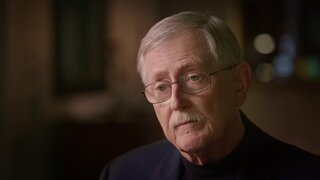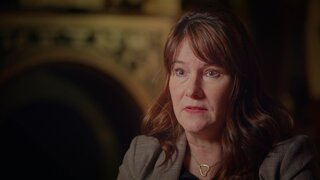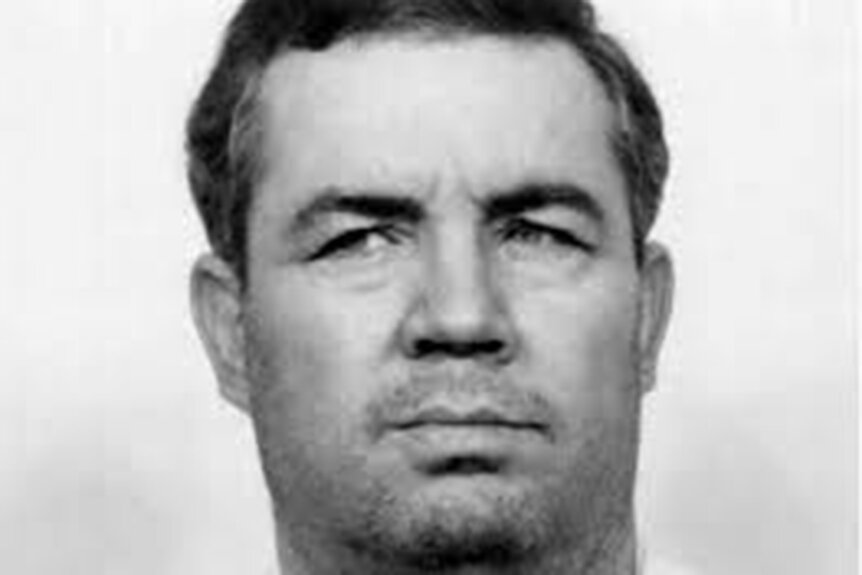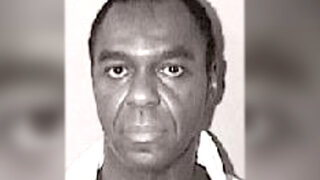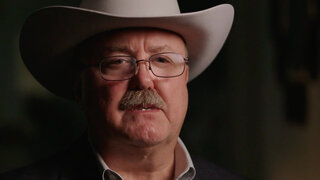Create a free profile to get unlimited access to exclusive videos, breaking news, sweepstakes, and more!
The Prime Suspect In A Texas Woman's Murder Is Exhumed — What Did It Tell Investigators?
After 38 years, the murder of Virginia Freeman, a Texas wife and mother, was solved through DNA evidence and a surprising exhumation.
In College Station, Texas, 40-year-old Virginia Freeman, a wife, mother, and real estate agent, was known for her energetic personality and deep connection to her community.
But on December 1, 1981, Virginia was found murdered at a vacant Brazos County residence she was showing to a potential buyer.
The shocking discovery was made by her husband, Charles Freeman, who’d grown concerned when his wife didn’t come home after work. He immediately called authorities.
Sheriffs observed that Virginia had been struck on the head and stabbed in the neck.
“The viciousness of the attack on a woman really got to me,” Det. Dick Gulledge, now retired from the Brazos County Sheriff’s Office, told “Exhumed: Killer Revealed,” airing Sundays at 7/6c on Oxygen. “We call it overkill.”
Wounds on her hands indicated that Virginia had fought for her life in her final moments. In a decision that would prove significant nearly four decades down the road, Virginia’s defensive wounds were carefully preserved.
“In those days we didn't have DNA, but we could get blood type. So I asked that her fingernails be scraped for possible skin particles from the perpetrator,” said Gulledge. “And so we bagged her hands.”
The medical examiner’s report revealed the extreme violence Virginia endured when she died. She was stabbed 11 times in the neck and her hyoid bone was broken, indicating that she’d also been strangled. No signs of a sexual assault were found.
Detectives began their investigation with Charles Freeman. They found no indications of trouble within the marriage, and his alibi was rock solid. He was ruled out as a suspect.
An early lead arose when a local brick mason told officials that he drove by the crime scene around the time of Virginia’s murder. The bricklayer believed he saw a man and his vehicle parked in front of Virginia’s car.
To help sharpen the mason’s fuzzy memories, he was put under forensic hypnosis. That process yielded a composite sketch and a partial license plate but, in the end, no firm leads at that time.
“It was just another dead end for us,” investigators told producers.
Virginia’s case stalled for two years, until a possible lead emerged that was connected to another homicide. Henry Lee Lucas was convicted of killing a woman in Ringgold, Texas, about 250 miles away from where Virginia's body was found.
Before leaving the courtroom, Lucas, who was sentenced to death row, shocked the court when he claimed to have killed many more women. Was he telling the truth? Was Virginia among his victims?
When investigators learned that Lucas had been in Brazos County around the time of Virginia’s murder they were encouraged by the possibility. So, they showed him a picture of her and Lucas said he had in fact stabbed her in the neck. But when Lucas failed to identify the scene of the crime they realized he’d made a false confession to buy himself time as he sat on death row, investigators told “Exhumed: Killer Revealed.”
Again, the case stalled and went cold. But in 1997, advances in DNA technology opened up possible new avenues of investigation.
“We found an unknown source of DNA under the fingernails of Virginia Freeman,” said Chris Kirk, now retired from the Brazos County Sheriff’s Office. “We knew she struggled. It was obvious that that was the killer’s DNA. And so that really set us off to find that person.”
The Brazos County Sheriff's Department teamed up with the Texas Rangers Cold Case Task Force to officially reopen the investigation into Virginia’s 1981 murder. The task force set out to test the DNA of all suspects in the case. That included Charles Freeman — whose DNA was not a match for evidence found beneath Virginia’s fingernails.
Around the same time, Joshua Ray, Texas Ranger, Texas Dept. of Public Safety, had the partial license plate obtained in 1981 put through a database that had advanced over the years.
A possible lead emerged: a former Army soldier stationed at Food Hood at the time of Virginia’s murder. After being interviewed and swabbed for DNA, however, this individual was ruled out as a suspect. Once again, investigators were back at square one.
The team refocused their efforts to revisiting dozens of cases within the past 40 years. A particular one caught their attention: James Otto Earhart, then 44 years old, a former appliance repairman who was on death row.
Six years after Virginia’s murder Earhart had been convicted of killing a 9-year-old girl less than 10 miles from the Freeman crime scene. In 1997, investigators were determined to test Earhart’s DNA to see if they could match it to the DNA profile generated from evidence found on Virginia.
They immediately ran into a roadblock. They needed more than just suspicion of Earhart’s involvement to obtain the convicted murderer’s DNA. Once again, the case stalled.
Over the years, DNA technology continued to evolve. In June 2018, with the help of a private laboratory, investigators used genealogy records to link Earhart to Virginia’s murder with “extremely high probability,” according to Texas Department of Public Safety records.
Obtaining Earhart’s DNA would prove to be an enormous obstacle. He had been executed in 1999, which meant that they would have to exhume his body. Moreover, investigators would have to convince a court that there was legal cause to exhume Earhart’s body.
With help from Earhart’s son, the team got the necessary green light to move forward. Earhart was exhumed in June 2018. Investigators were shocked to discover that Earhart had not been buried in a coffin but in a cardboard box. The box had disintegrated over the years, and his body was in a very poor state of preservation.
“His remains were exposed to the earthy surroundings, which allowed his remains to be completely skeletonized,” said Dr. Rhome Hughes, forensic pathologist.
A sample of Earhart’s DNA was collected from a femur bone, and it was analyzed at a lab in Austin. On August 30, 2019, it was found to match the DNA profile from Virginia’s fingernail clippings.
“At that point, we knew for 100 percent that James Otto Earhart was the person who killed Virginia,” said Kirk.
By this time, Charles Freeman had died. But his children knew justice was served.
Investigators were elated that the case was finally closed. Their one regret was that they “couldn’t put handcuffs” on Earhart.
To find out more about the case and others like it, watch “Exhumed: Killer Revealed,” which you can stream here.
